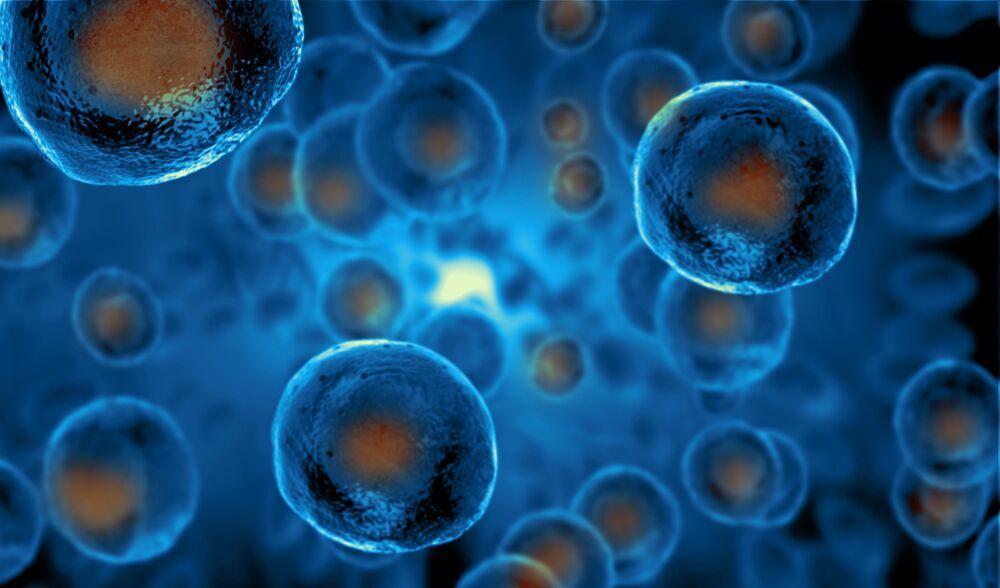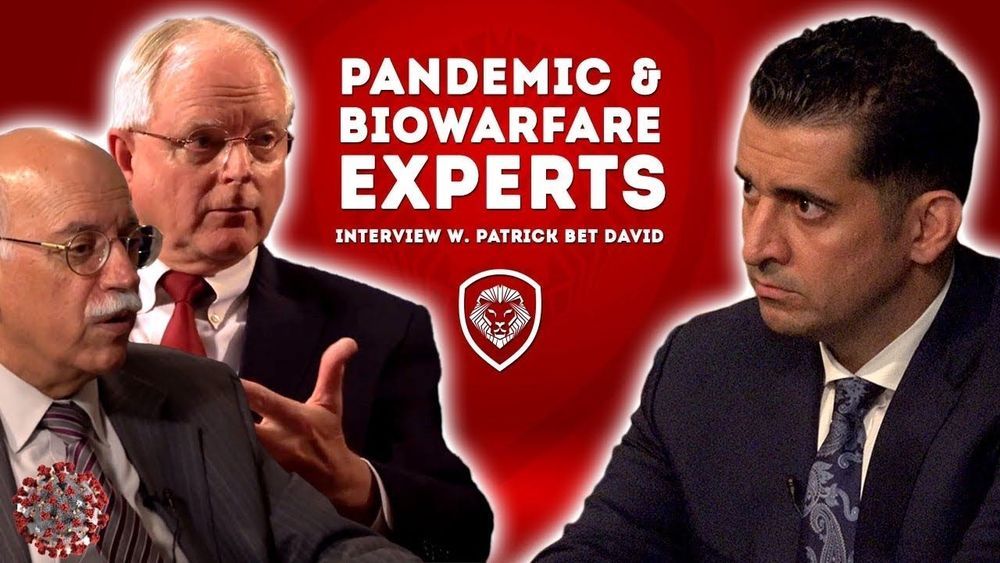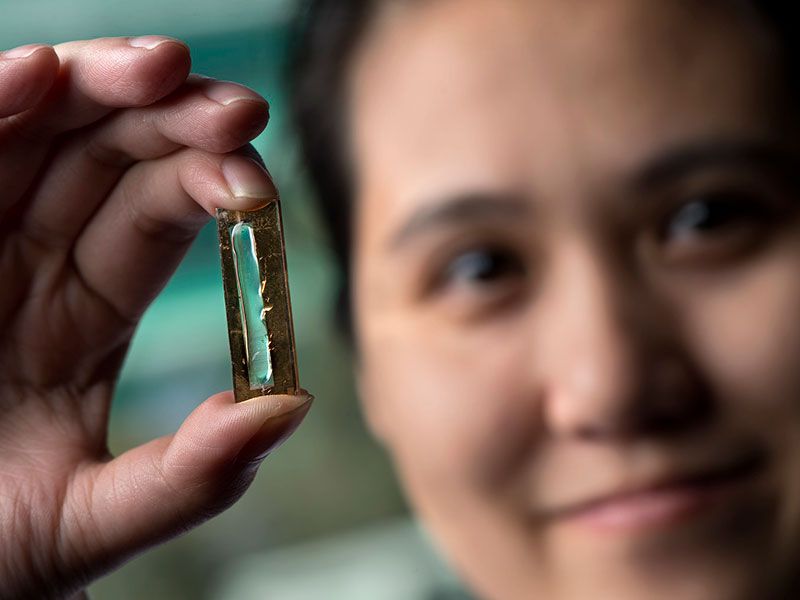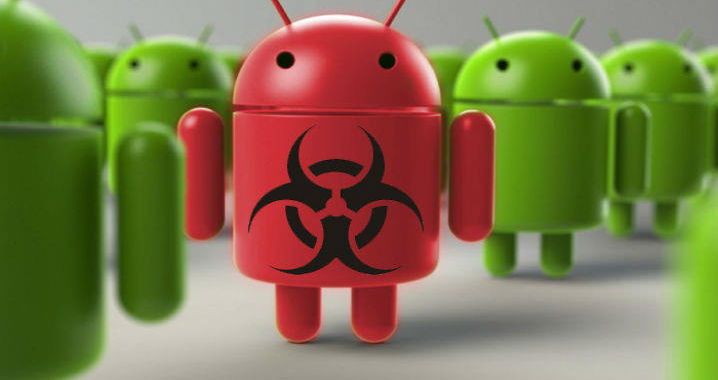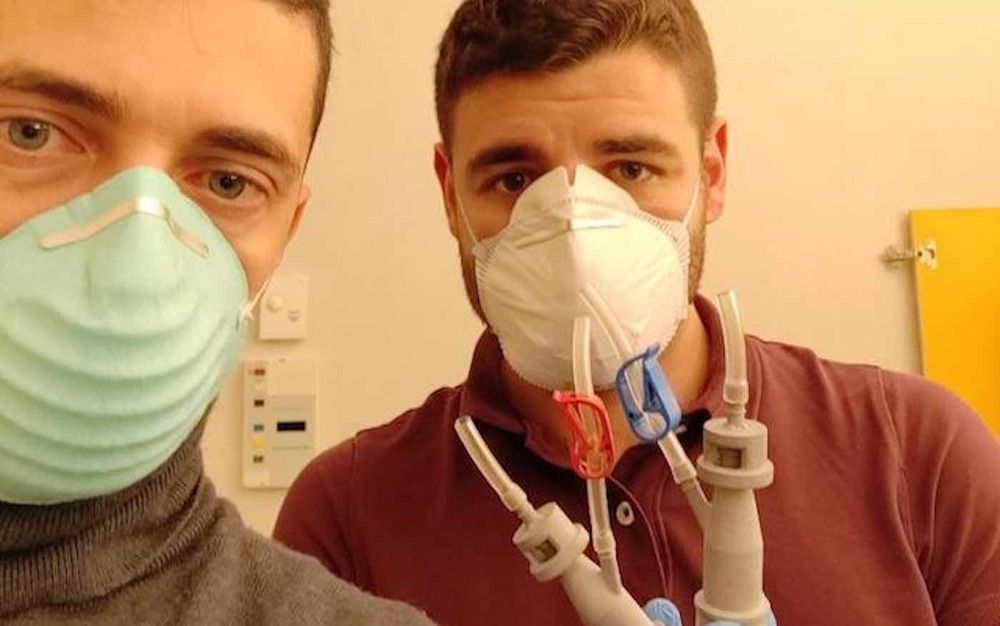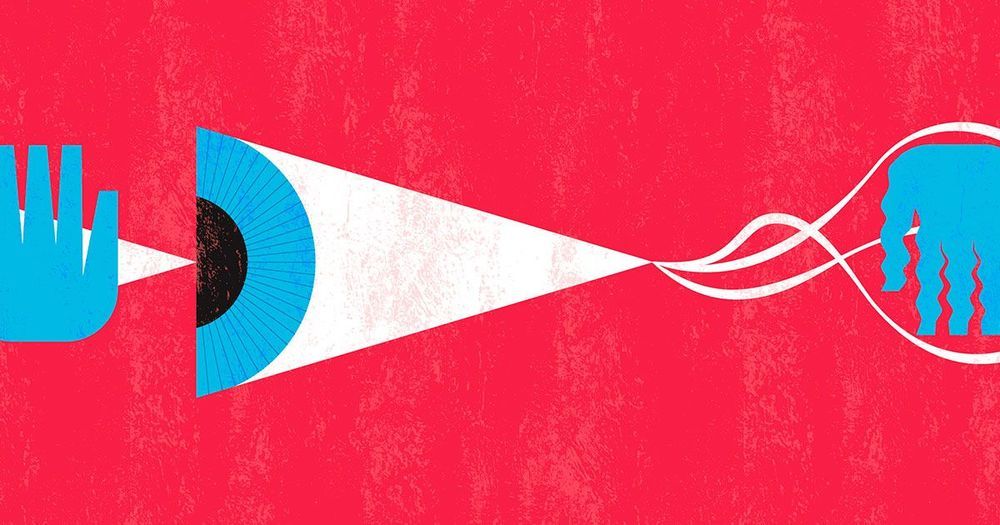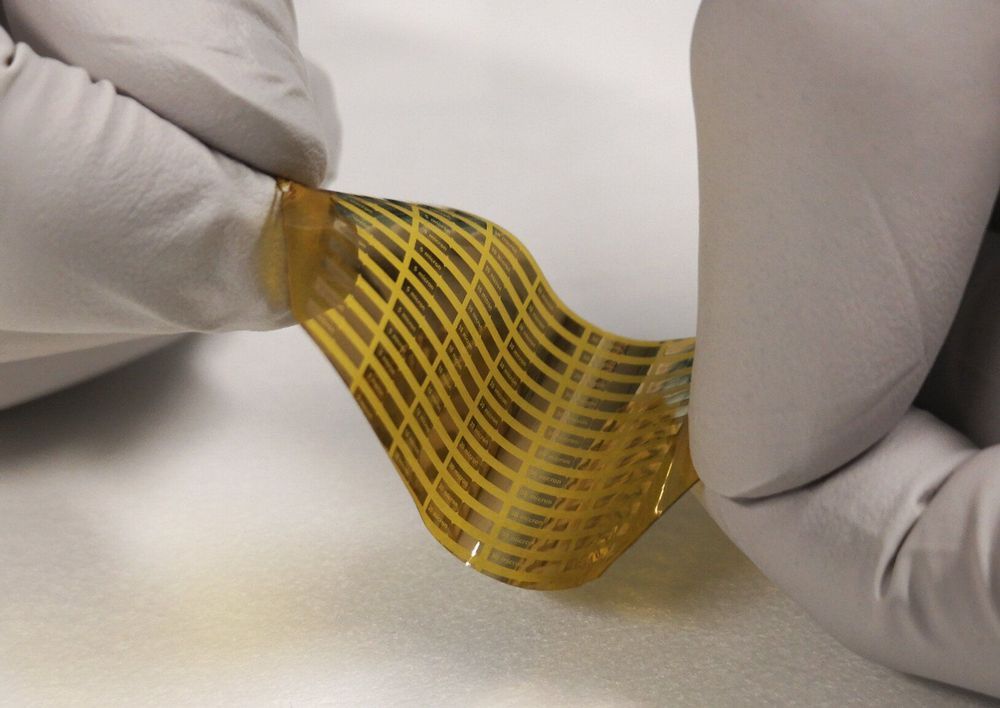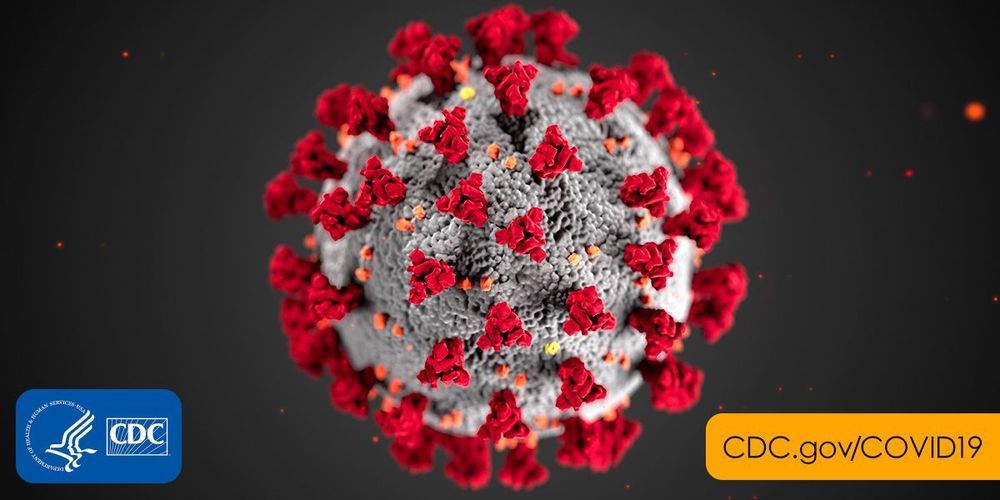Old human cells can become more youthful by coaxing them to briefly express proteins used to make induced pluripotent cells, Stanford researchers and their colleagues have found. The finding may have implications for aging research.
Excellent interview:
Dr. Gerald Parker Associate Dean for Global One Health at Texas A&M and Professor Andrew S Natsios Executive Professor at The Bush School and Director of the Scowcroft Institute of International Affairs have a sit down with Patrick Bet-David about the Coronavirus Pandemic. About our guests Dr. Gerald Parker https://bit.ly/2IZPRAl Professor Andrew S. Natsios https://bit.ly/2UkWBy6
Tweet your thoughts to PBD https://www.twitter.com/patrickbetdavid
The bubble concept could explain one of the strangest mysteries plaguing astrophysics: Why can’t we tell how fast the universe is expanding?
From vaccines being tested around the world to a Nobel prize-winning biophysicist predicting recovery, here are some good updates on the COVID-19 pandemic.
How does experience alter our perceptions? This adapted book excerpt from We Know It When We See It describes how the brain’s visual system rewires itself to make the best use of its neural resources.
As the use of intelligence proliferate in everyday products, there have been many attempts to make it easy to understand. A Google AI explainer…
Terahertz (THz) waves fall between microwave and infrared radiation in the electromagnetic spectrum, oscillating at frequencies of between 100 billion and 30 trillion cycles per second. These waves are prized for their distinctive properties: they can penetrate paper, clothing, wood and walls, as well as detect air pollution. THz sources could revolutionize security and medical imaging systems. What’s more, their ability to carry vast quantities of data could hold the key to faster wireless communications.
THz waves are a type of non-ionizing radiation, meaning they pose no risk to human health. The technology is already used in some airports to scan passengers and detect dangerous objects and substances.
Despite holding great promise, THz waves are not widely used because they are costly and cumbersome to generate. But new technology developed by researchers at EPFL could change all that. The team at the Power and Wide-band-gap Electronics Research Laboratory (POWERlab), led by Prof. Elison Matioli, built a nanodevice that can generate extremely high-power signals in just a few picoseconds, or one trillionth of a second, which produces high-power THz waves.
There are no US Food and Drug Administration (FDA)-approved drugs specifically for the treatment of patients with COVID-19. At present clinical management includes infection prevention and control measures and supportive care, including supplementary oxygen and mechanical ventilatory support when indicated. An array of drugs approved for other indications as well as several investigational drugs are being studied in several hundred clinical trials that are underway across the globe. The purpose of this document is to provide information on two of the approved drugs (chloroquine and hydroxychloroquine) and one of the investigational agents (remdesivir) currently in use in the United States.
Coronavirus disease 2019 (COVID-19) is a virus (more specifically, a coronavirus) identified as the cause of an outbreak of respiratory illness first detected in Wuhan, China.
